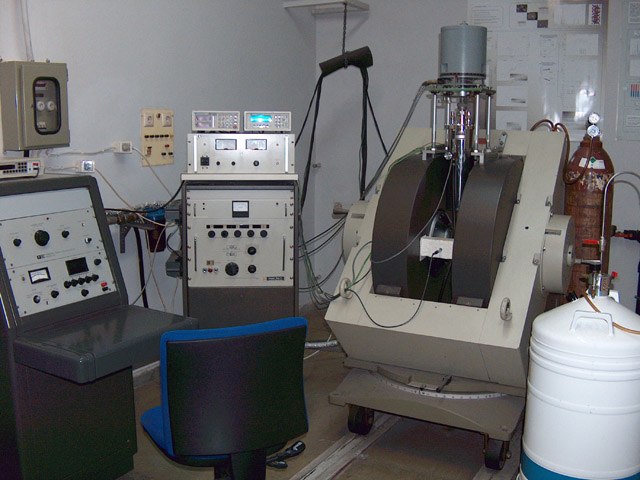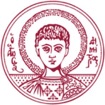Laboratory of Magnetism & Magnetic Materials
The Laboratory was founded in 1969 at the Faculty of Physics and Mathematics of the Aristotle University of Thessaloniki under the title «Extraordinary Independent Laboratory of Physics» and the direction of Professor Eleni Papadimitraki - Chlichlia.
In 1982, during the restructuring of Greek universities, it joined the Physics Department of the Faculty of Sciences of the Aristotle University of Thessaloniki, as «3rd Physics Laboratory».
In 2019 it was renamed «Laboratory of Magnetism & Magnetic Materials».
From its foundation until today, it covers the research subjects of the Physics Department related to the study and application of magnetic phenomena and the properties of magnetic materials.
The laboratory premises are located in the Faculty of Sciences building, on the 4th floor of the west ward (offices), on the ground floor and on the 1st floor of the east ward (research & student laboratories).
Former Members:
-
 Papadimitraki - Chliclia Eleni
Papadimitraki - Chliclia Eleni -
 Tsoukalas Ioannis
Tsoukalas Ioannis -
 Dionysiou - Kouimtzi Semiramis †
Dionysiou - Kouimtzi Semiramis † -
 Chadjivasiliou Stylianos
Chadjivasiliou Stylianos -
 Melidis Konstantinos
Melidis Konstantinos -
 Sianou - Linardi Anna
Sianou - Linardi Anna -
 Kyprianidis Ioannis
Kyprianidis Ioannis
Research subjects:
-
✓Preparation, structural characterization and study of electric and magnetic properties of crystalline transition metal alloys.
-
✓Preparation, structural characterization and study of electric and magnetic properties of ferrites.
-
✓Preparation, structural characterization and study of electric and magnetic properties of amorphous iron alloys.
-
✓Synthesis and study of structural and magnetic properties of rare earth - transition metal intermetallic compounds.
-
✓Preparation, structural and magnetic characterization of Heusler alloys.
-
✓Study of structural and electric properties of ionic conductors of iron and cobalt oxides.
-
✓Development and study of magnetic nanoparticles.
-
✓Simulation of the magnetic behavior of materials based on the theoretical model of micromagnetism and the finite element method.
-
✓Magnetic hyperthermia: Thermal response of magnetic nanostructures under ac magnetic field.
-
✓Magnetic characterization of ceramic materials of archaeological interest.
Research facilities:
-
1) Vibrating Sample Magnetometer
-
In the vibrating sample magnetometer (P.A.R. 155) measurements of the material’s magnetization under the influence of a magnetic field up to 2T at temperatures from 80 to 1200K are carried out. The accuracy of the magnetometer is calibrated with NIST's SRM-772a.
-
2) Mößbauer 57Fe Spectroscopy
-
The Mößbauer 57Fe spectroscopy setup has equipment from Canberra (PCA3 - 2k Multichannel analyzer) and Wissel. It is used to study the structural and magnetic properties of Fe-compounds by determining the ultrafine electric and magnetic parameters in the region of the Fe-nuclei.
-
3) Impedance Spectroscopy
-
The impedance spectroscopy setup has a HIOKI 3532-50 impedance analyzer and other equipment for measurements at temperatures up to 600°C. It has the ability to determine the electrical impedance in a frequency range of 43Hz - 5MHz in various materials such as ferrites, ionic conductors, organic materials and liquids.
-
4) Setup for measuring of specific conductivity
-
The experimental setup uses the four probes method to measure the specific conductivity of metals at temperatures up to 1000°C.
-
5) Devices for material’s preparation and processing





